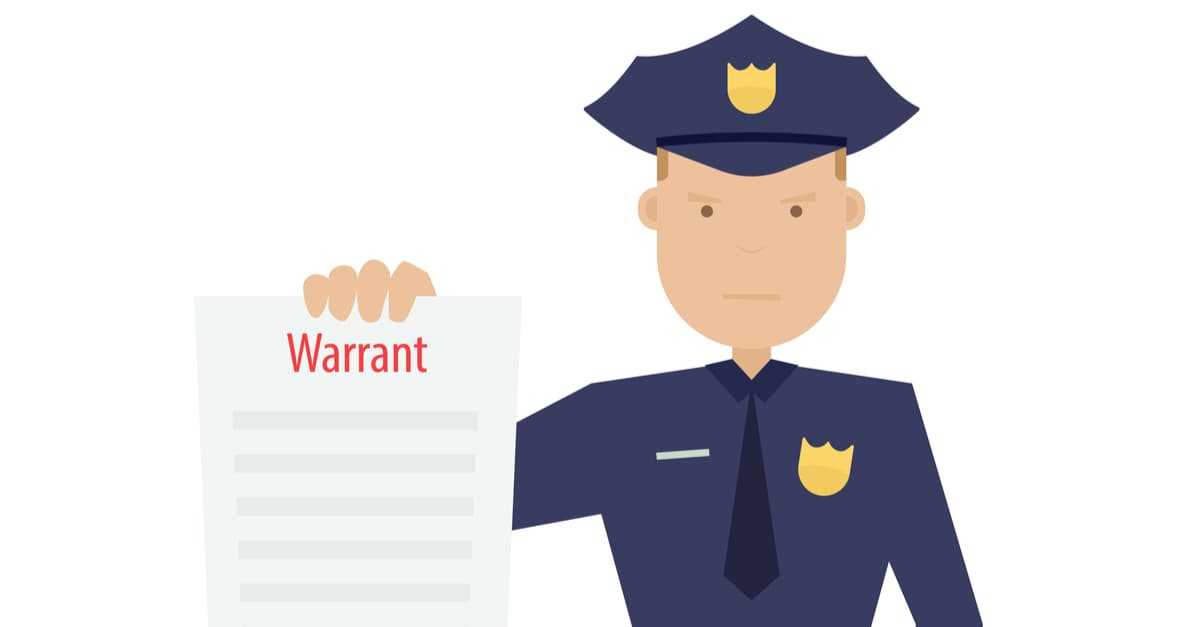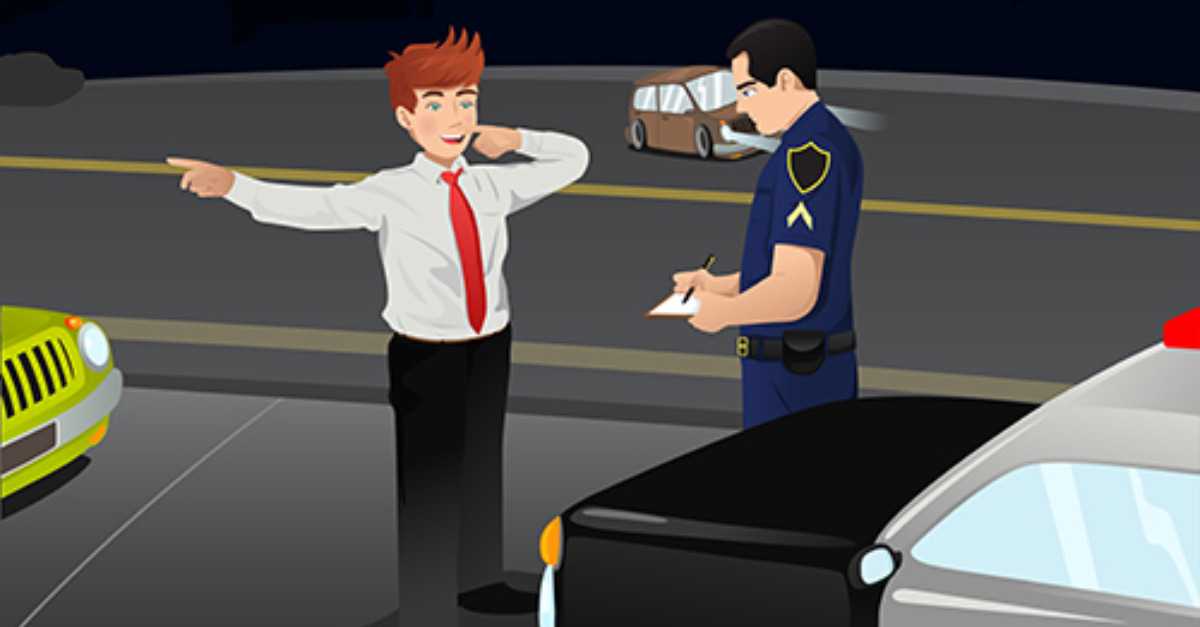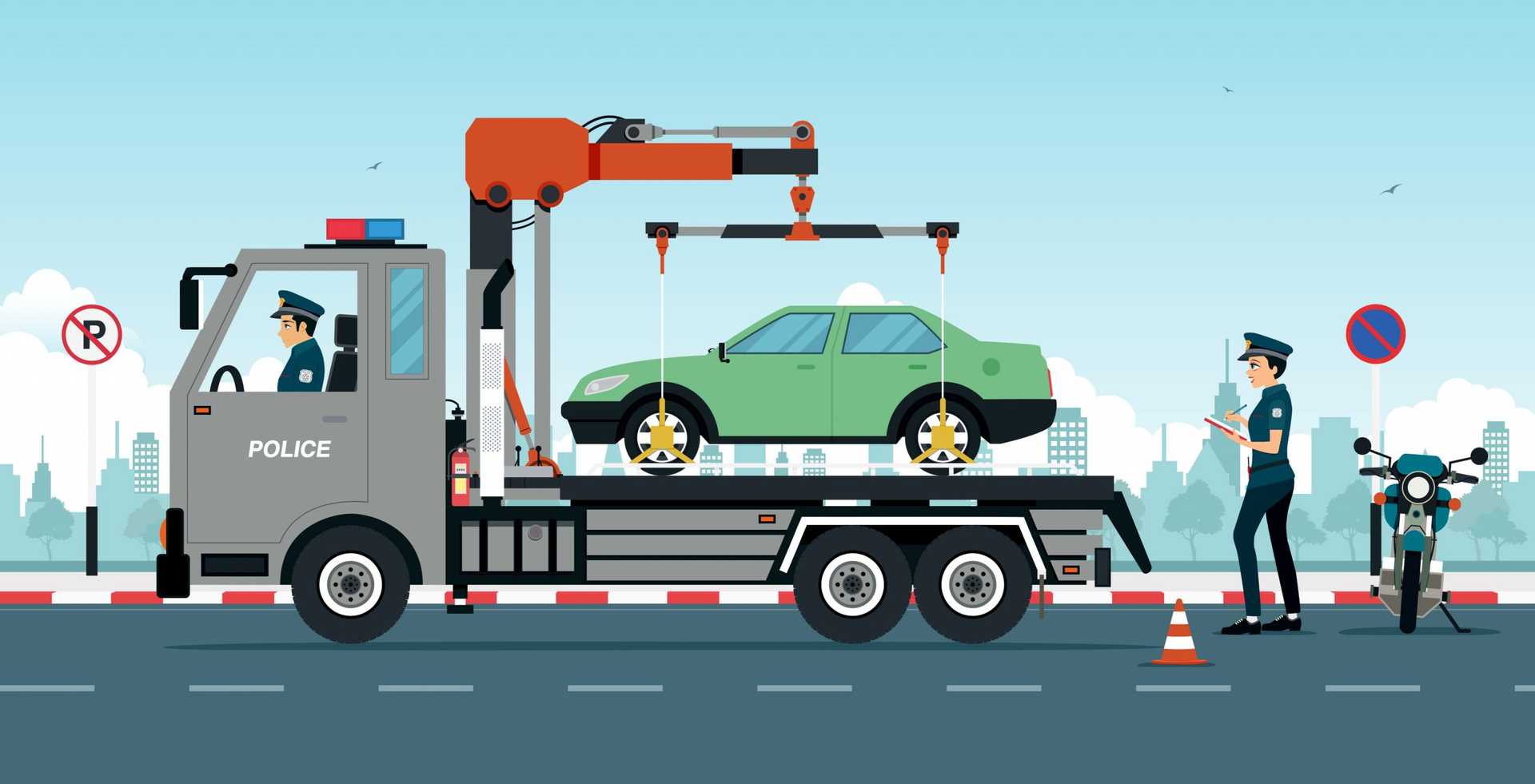DUI Stop for Weaving and Swerving
Here in Tucson, Green Valley, Sahuarita, Oro Valley and Pima County, and at the University of Arizona, police are fairly aggressive in DUI enforcement.
Particularly, in the downtown, Fourth Avenue, and University corridors, and on or near Ina and Oracle Roads, police agencies tend to stop drivers late at night, especially those leaving drinking establishments, for sometimes wafer-thin traffic violations, or the sort of infractions that are routinely ignored during the day, by the entire police force but rather, selectively enforced virtually only late at night by the DUI police.
Sometimes the police commit the same traffic infractions themselves. The police transparently use these purported “infractions” as bold excuses (or “pretexts”), to investigate the drivers for DUI. And they have generally been very successful at it.
But although the police are accorded a great deal of leeway by the courts, occasionally the purported minor traffic “violation” is actually no violation at all. If a judge so determines, especially in cases of a single minor purported infraction, a judge may well sometimes dismiss the entire case on the attorney’s well-founded motion.
This blog article is part of series which addresses some of the most common purported traffic violations in Arizona, that may be vulnerable to attorney constitutional challenge, albeit under the right circumstances and with strong preparation and execution.
Today I want to talk about “weaving,” and ARS § 28-729.1, probably the most popular purported “violation” officers have used in Tucson to justify DUI stops over the last twenty years.
Almost 25 years ago the United States Supreme Court held that “pretextual” stops of motor vehicles will pass muster under the Fourth Amendment so long as the officer, no matter what his subjective motives, objectively possessed “probable cause” that the occupants had committed a crime or “reasonable suspicion” that a traffic violation had occurred. Whren v. United States 517 U.S. 608 (1996).
Granted, this is incredibly broad leeway for the police. The virtually sole Whren limitation is that there must actually be a cognizable traffic offense. The flip-side of Whren is that if the officer did not really see a traffic violation, or misunderstood the law, i.e., didn’t read the statute correctly the stop violates the Fourth Amendment of the United States Constitution.
And I am here to tell you that this happens more than you might think, especially in Tucson on Thursday, Friday, and Saturday nights, during the later hours, when police are most active
Failure to Maintain Lane (ARS §28-729.1)
The statute above provides:
A person shall drive a vehicle as nearly as practicable entirely within a single lane and shall not move the vehicle from that lane until the driver has first ascertained that the movement can be made with safety.
As you can see ARS § 28-729.1 doesn’t actually say that a driver must drive in a perfect vector down the highway and never move a little bit out of her lane. Rather the statute mandates only that a driver proceed “as nearly as practicable within a single lane.” In other words, a single touch of a lane divider may not really be a violation after all. And courts have so held.
For example, in a seminal case, seventeen years ago, State v. Livingston 206 Ariz. 145 (App. 2003), the Arizona Court of Appeals held that the language of § 729.1, “as nearly as practicable” indicated a legislative intent “to avoid penalizing brief, momentary and minor deviations outside the marked lines.”
There, Ms. Livingston was driving on a rural highway, in Pinal County late at night, the road “curved and dangerous” when her right side tire, at least according to the police, crossed the white shoulder line on one occasion. No other vehicles were affected, and the driver did not over-correct, driving the speed limit. The sole stated reason for the stop articulated by the DPS Officer was, you guessed it: “ARS §8-729.1.”
But once stopped, the DPS Officer wasn’t particularly concerned with the “weaving.” Rather he almost immediately began a narcotics investigation, searching Livingston vehicle and discoving a feloniously large quantity of drugs. Ms. Livingston was summarily arrested, booked, and charged with multiple felonies, for which she could have realistically served five years in prison.
But the Arizona Court of Appeals threw the case out, entirely, by finding that Ms. Livingston had not really violated ARS 28-729.1 after all, despite the officer’s belief. A single line touch is not enough. Thus, in Livingston, the officer’s wafer-thin reason didn’t hold up.
Moreover, the Court in Livingston also held that an “officer’s ulterior motives for the stop would be relevant to the officer’s credibility on the threshold question of whether he had actually witnessed a traffic violation.” Id In other words, the “pretext” becomes important, at least for credibility purposes.
As a practical matter, for Tucson DUI’s where we think about challenged a stop for “28-729.1” a couple of considerations I think are important to keep in mind:
First, a Fourth Amendment Violation on the stop for 28-729.1 is generally easier to establish if it is the only purported reason (often police claim “weaving within lane” coupled with a single lane divider touch but that counts as one). If the client was also speeding, ran a red light, or committed some other obvious violation, it would be more difficult to prove a Fourth Amendment Violation.
Second, and conversely, if the line touch is only once, maybe twice, as reported, that may be helpful.
Third, it is usually important for the attorney to interview the stop officer, review any video, and nail down exactly what he claimed to have seen the weaving, for how long, how far, how many times. More importantly still, where in the path of travel did he see it.
Fourth, because of that requirement it is usually important to visit, photograph and download a Google Map or otherwise diagram of the scene, particularly if there are curves, or if the officer followed the client a long way before stopping. In short, it is nice to be able to argue that he followed the client for almost a mile and only could report a brief, momentary, minor and singular deviation.
Recommended Articles

Driving under the influence (DUI) is a serious crime in Arizona. If you have been arrested for DUI, it is important to understand your legal rights.

This blog will address what you can do to win a DUI case for parked cars and how to avoid, hopefully even getting charged.

The Supreme Court in a 9-0 opinion held that when a minor offense alone is involved, police officers can't enter the home without a warrant.

First, let’s figure out what kind of DUI it is. They’re usually misdemeanors unless there’s been an accident.

Today we’re going to talk about parked cars. Police sometimes approach you when you’ve legally parked a vehicle and are using it as a stationary shelter.

About Michael Harwin
Michael’s skill and experience have been recognized repeatedly. He holds an A-V 5/5 preeminent rating by Martindale Hubbell. He has been named one of the top lawyers in Arizona by Southwest Superlawyers, and one of the best lawyers in Tucson by Tucson Lifestyle Magazine. He also has been named one of the best lawyers in the United States by BestofUS.com , and given the highest rating possible by AVVO, 10/10 Superb. Amazon Books



